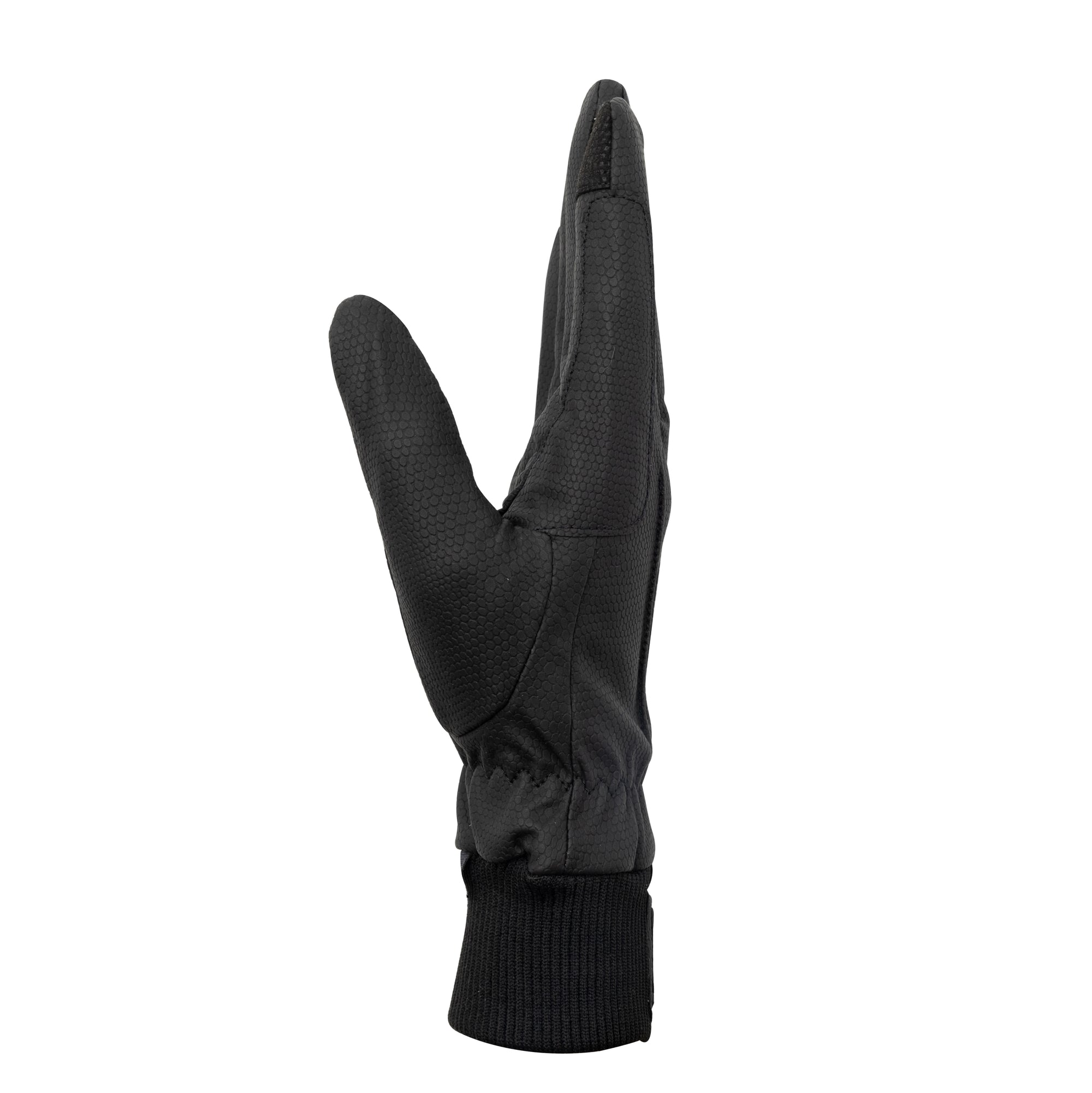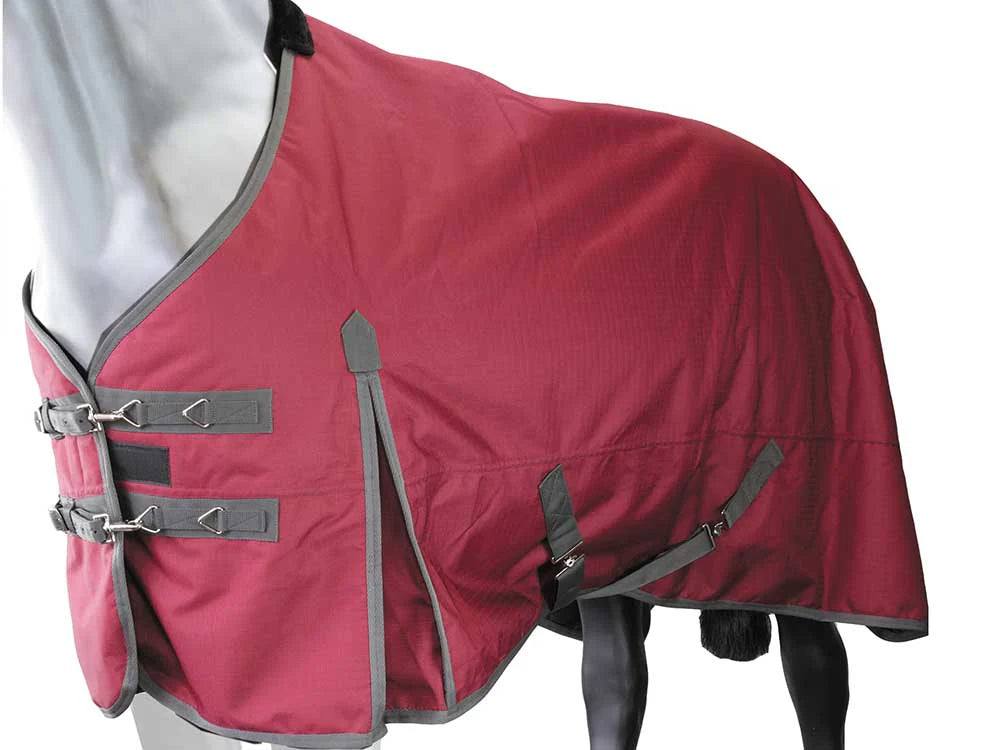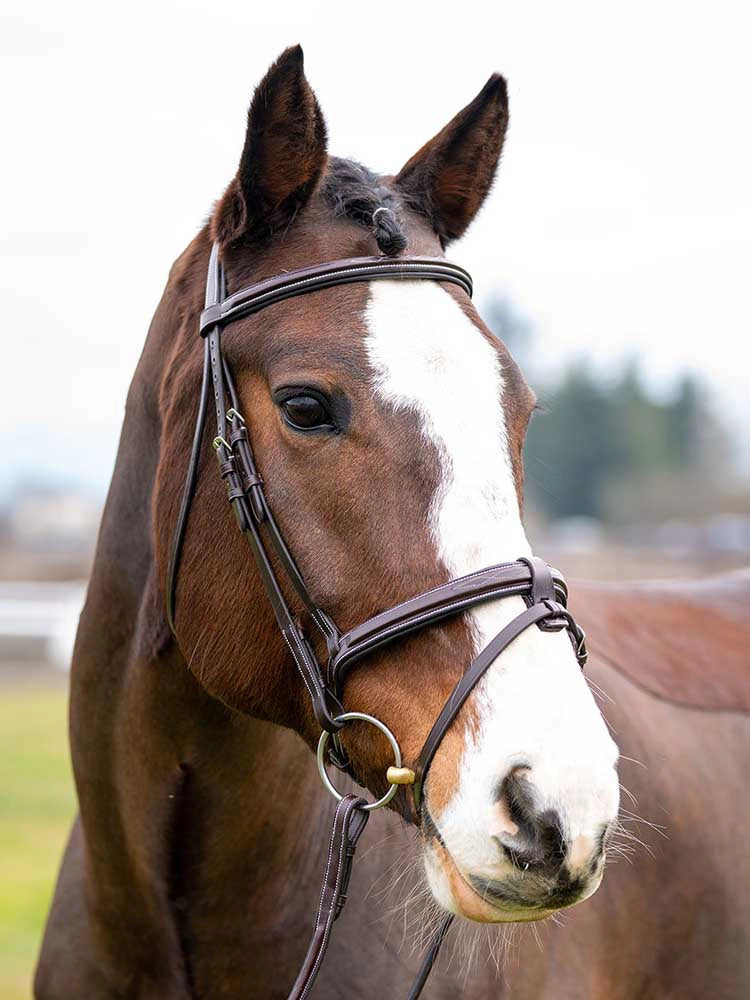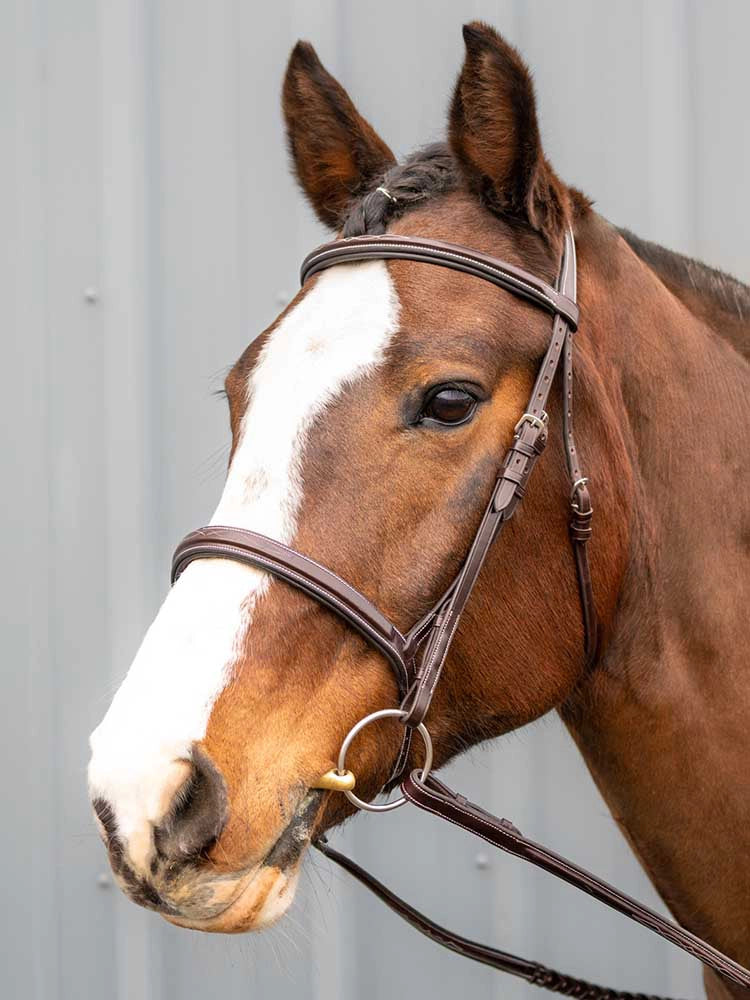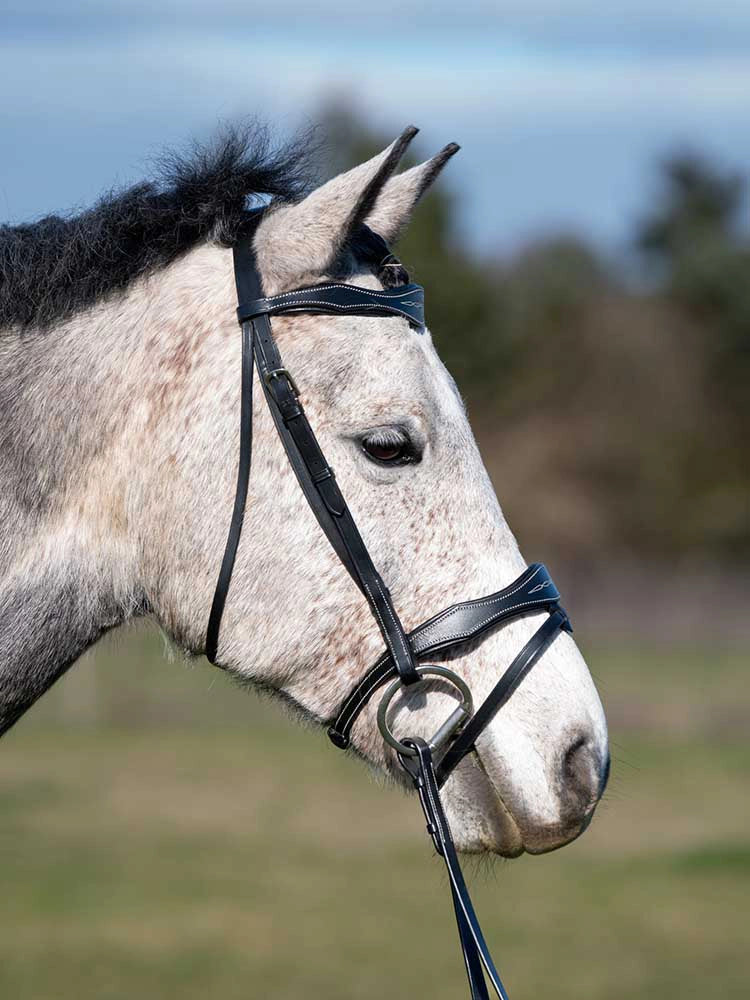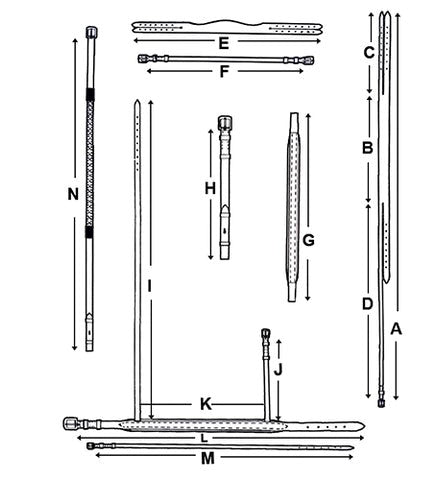When the weather starts to cool off and temperatures begin to drop, most horse lovers start wondering: Does my horse need a blanket? The answer isn’t always straightforward. While some horses do fine without a blanket, others truly benefit from one—especially when facing cold, wet, or windy conditions.
Let’s break down when to use a horse blanket, what types you need, and how to choose the best fit.
Does Your Horse Need a Blanket?
A horse’s winter coat naturally insulates the body by trapping air to keep warm. With proper shelter and a thick enough coat, many horses stay comfortable even in colder temperatures. But here’s where that natural system can fail:
-
Rain flattens the hair, eliminating the insulating air layer
-
Wind cuts through the coat and pulls heat away from the skin
In these conditions, a horse blanket becomes a practical and compassionate way to protect your horse’s comfort and health.
Why Riders Use Horse Blankets
For many riders, blanketing is about more than temperature. It’s about ensuring their horse stays dry, clean, and ready to ride. Pulling off a muddy blanket to reveal a warm, dry coat is deeply satisfying (and saves grooming time!).
Blankets also serve key roles in:
-
Keeping clipped horses warm
-
Helping senior or hard-keeping horses maintain weight
-
Reducing exposure to rain and wind chill
-
Supporting consistent coat condition for show horses
How Many Horse Blankets Do You Really Need?
Ideally, every rider should have at least three horse blankets to handle different weather conditions:
1. No-Fill Rain Sheet (0g)
Like a windbreaker, this lightweight, waterproof sheet is perfect for rainy or windy days that aren’t too cold.
2. Light to Medium Weight Blanket (100–200g)
Perfect for chilly autumn weather or milder winters.
3. Heavy Weight Blanket (300g or more)
Designed for very cold climates or for horses that are clipped, elderly, or have difficulty maintaining body temperature.
Additionally, it’s smart to keep a fleece cooler on hand for:
-
Drying your horse after a bath or sweaty ride
-
Preventing chills from wet coats before blanketing
-
Emergency use in rainy conditions
How to Choose the Right Horse Blanket
When selecting a blanket, consider these factors:
-
Fit is crucial: Measure from the center of the chest to the center of the hind legs. A blanket that’s too small can rub; too large can slip or be pulled off.
-
Leg straps are essential: They help secure the blanket in place and prevent shifting.
-
Blanket fill: Choose the right insulation (measured in grams):
-
0g = Rain sheet
-
100–200g = Light to medium weight
-
300g+ = Heavy weight
If your horse feels sweaty under the blanket, it’s too heavy. If he feels cold, he needs more insulation. Check under the blanket daily to monitor your horse’s comfort.
Daily Blanket Maintenance Tips
To get the most life out of your horse blanket:
-
Brush off dried mud with a stiff brush while it’s on the horse
-
Check straps and fit regularly
-
Wash and store blankets properly during off-season
These small habits make a big difference in your blanket’s performance and your horse’s wellbeing.
Trust Your Instincts and Know Your Horse
You know your horse best. Some horses need blanketing at 40°F with wind and rain; others may not. If your horse is clipped, older, or underweight, a blanket is a smart investment.
Shop Horse Blankets at Grewal Equestrian
Ready to keep your horse warm, dry, and comfortable in every season? At Grewal Equestrian, we offer a premium selection of horse blankets built for performance, durability, and comfort.
Whether you need a lightweight rain sheet or a heavyweight winter blanket, we’ve got you covered. Literally.
Top picks for every season:
-
1200D Ripstop Turnout & Stable Blanket: A versatile, waterproof option suitable for both turnout and stable use. Ideal for moderate to cold weather.
-
1680D Heavyweight Turnout Stable Blanket: Built to handle harsh winter conditions with extra insulation and a high-denier outer for maximum durability.
-
600D Turnout & Stable Blanket: A great everyday blanket for cooler conditions. Waterproof, breathable, and lightweight.
-
420D 300g Heavy Stable Blanket – Navy Blue 76": A warm, heavyweight stable blanket with 300 grams of insulation. Excellent for clipped horses or those that need extra warmth, such as seniors.
-
Fleece Cooler: An essential for cooling down after rides or drying off damp horses. Made from soft, breathable, quick-drying material.





